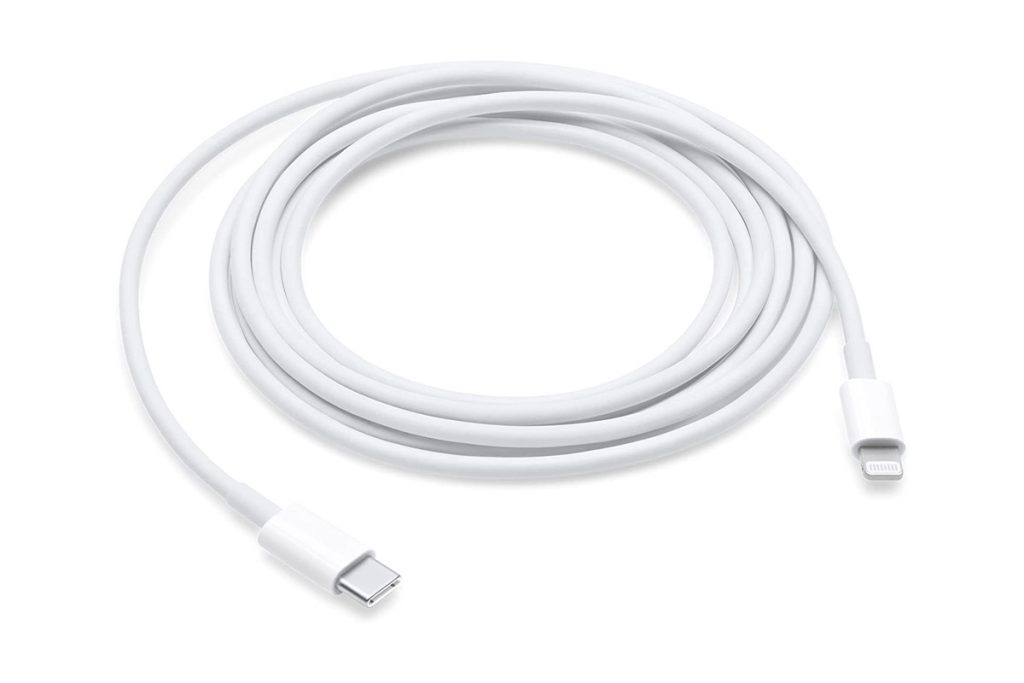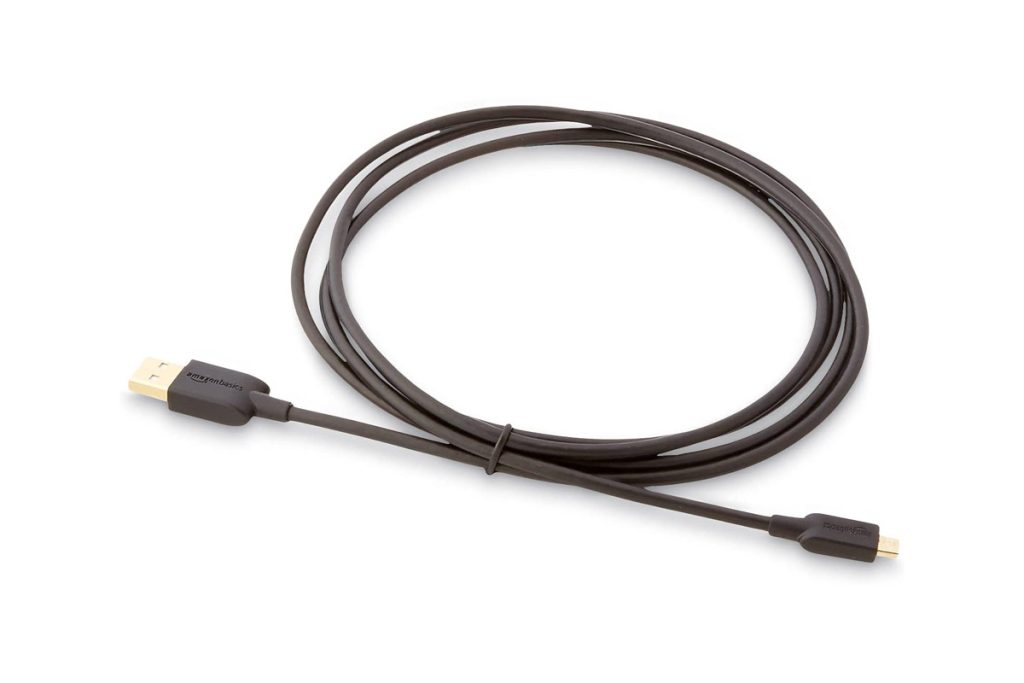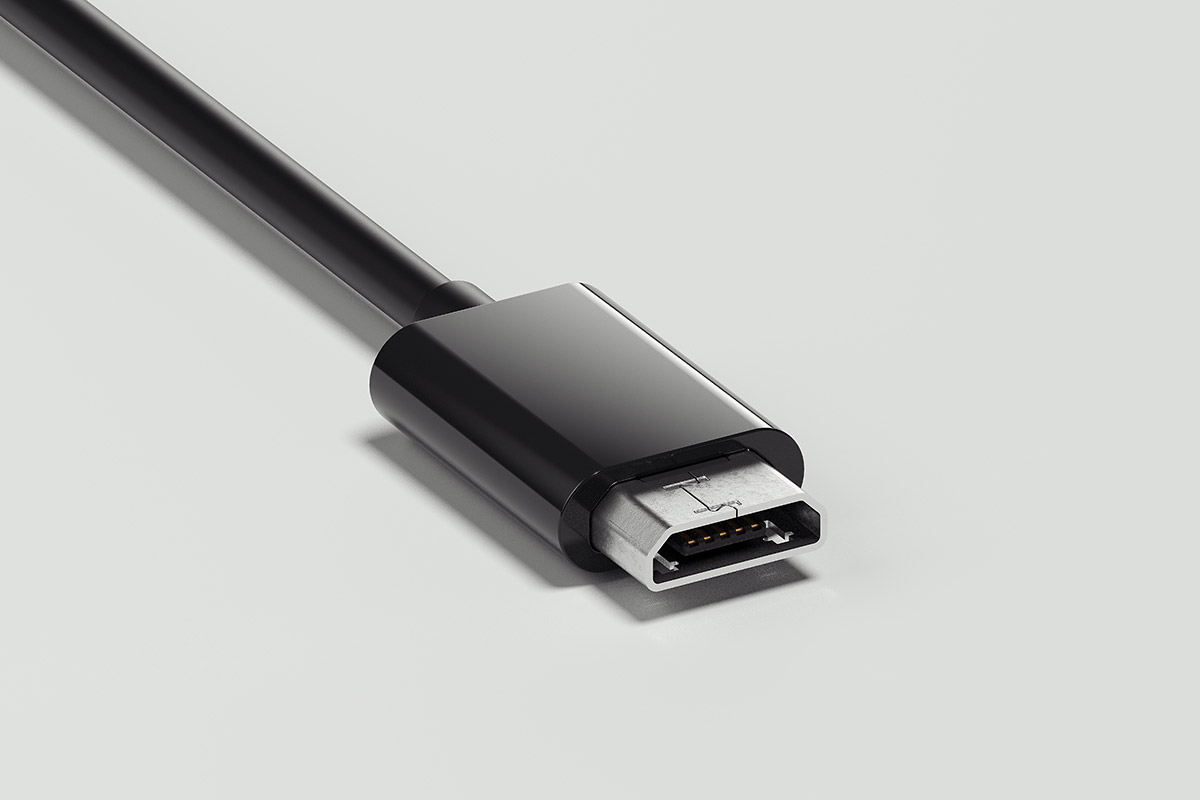Are you tired of your old, bulky chargers taking up space in your bag? If so, then the answer is clear: it’s time to look at micro USB chargers. They’re small and lightweight enough that they can fit in any pocket or purse without too much trouble, meaning they’ll always be at hand when you need them most. And if there’s one thing we know for sure about life these days, it’s that our devices never stop working! Let’s take a look at the micro USB charger, and how it came to be today.
The First USB Connection Ajay Bhatt
In 1993, Ajay Bhatt had an idea that would change the world of computing. Working for Intel at the time, he came up with the design for the first USB connection. This invention would eventually lead to the development of micro USB chargers, which are now essential for everyday charging needs. The original USB was much bulkier and less user-friendly than today’s models, but it was a groundbreaking invention nonetheless.
Bhatt’s design was based on the idea that devices should be able to connect directly to each other, without the need for separate adapters or cables. This would allow users to easily transfer data between different devices, making computing more efficient and user-friendly. And his idea worked – soon enough, almost every computer and phone had a USB port, and using them was as simple as plugging in a cable.
The First Micro USB Charger
In 2007, the first micro USB charger was released on the Nokia 5310. The reason behind this release was the lack of space on mobile devices. Before the creation of this smartphone charger, most devices used the mini USB charger, which was much larger. This new design allowed for slimmer smartphones and other small mobile devices. Nokia is best known for its some of the first mobile phones on the market. It’s important to remember that they were trailblazers in the world of micro USB charging as well!
What Are The Different Types of USB
What Are The Different Types of USB?
The world of USB is filled with many different types of connections, speeds, and devices. A few key points to remember:
USB Type-A: These are the original and most common type of USB and can be found on devices such as keyboards and mice.
USB Type-B: These connectors were originally designed for large peripherals such as printers. They’re more commonly used today for charging cables.
USB Type-C: These USBs are becoming more common with phones which use them for both input and output purposes. They’re designed with a reversible connector that makes it easier to plug in than other types of USBs.
USB Type A
USB Type-A connectors are the original and most common type of USB. They’re found on devices such as keyboards and mice and can transfer data at speeds of up to 12 Mbps. They’re a good choice for everyday use and are easy to find in stores.
USB Type B
USB-B connectors are a type of USB that was originally designed for large peripherals such as printers. They’re more commonly used today for charging cables and can transfer data at speeds of up to 480 Mbps. They’re a good choice for high-speed data transfers and are easy to find in stores.
USB Type B Mini
USB-B Mini connectors are a type of USB that was designed for small peripherals such as digital cameras. They can transfer data at speeds of up to 480 Mbps and are a good choice for high-speed data transfers. They’re not as common as other types of USBs, but they can be found in stores.
USB Type B Micro
USB-B Micro connectors are a type of USB that was designed for small peripherals such as digital cameras. They can transfer data at speeds of up to 480 Mbps and are a good choice for high-speed data transfers. They’re not as common as other types of USBs, but they can be found in stores.
USB Type C
USB Type-C connectors are a newer type of USB that is becoming more common with phones. They’re designed with a reversible connector that makes them easier to plug in than other types of USBs. They can transfer data at speeds of up to 10 Gbps and can provide up to 100W of power. This makes them a good choice for high-powered devices like laptops and tablets.
USB Lightening
USB Lightning connectors are a newer type of USB that is becoming more common with Apple devices. They’re designed with a reversible connector that makes them easier to plug in than other types of USBs. USB Lightning is USB 2.0. They can transfer data at speeds of 480Mbps/60MBps and can provide up to 100W of power. This makes them a good choice for high-powered devices like laptops and tablets.

What is a micro USB chargers and why do we need them
A micro USB charger is small, lightweight, and designed for everyday charging needs. They have a small size so the devices the charge can be slimmer.
They are mainly used as chargers for mobile phones, but they can also send data. They’re the perfect charger to keep in your purse or even your car. Here are 4 reasons why you should always have a micro USB charger on hand:
- It’s compatible with many types of devices unlike other chargers and it transfers data as well! It has a simple design and is made to fit anywhere like your pocket, purse, car and even wallet!
- Micro usb chargers are easy to find at stores and come in many different designs which makes it easy to find one to fit your personal style.
- With the use of the usb cables, it helps people keep their devices organized and untangled. You can charge multiple devices at once without having to carry around extra cords which is convenient for people on the go!
- They’re inexpensive and easy to replace! Most phones today come with an adapter for micro usb chargers so it’s very easy to find and replace if you happen to misplaced or lose your charger.
So next time you’re looking for a new phone charger, be sure to consider picking up a micro USB charger! They may be small but they’re mighty and perfect for everyday use!
How they are the most common charger for devices
Micro USB chargers are the most common type of charger for devices. This is because they are small and lightweight, and can easily be transported. They also transfer data, making them a versatile option for charging your devices.
Most phones and tablets come with a micro USB port, so it’s easy to find a charger that is compatible with your device. If you happen to lose or misplace your charger, they are also inexpensive and easy to replace. So be sure to always have a micro USB charger on hand for whenever you need it!
Why you should always have one on hand – 4 reasons
- They’re small and lightweight – As we mentioned before, micro USB chargers are small enough to fit in any pocket. Compared to the larger mini USB charger, this means you’ll have more room for your other essentials!
- They’re everywhere – If you need a micro USB charger on the go, chances are that one is just around the corner. Most stores have them, and so do even more online retailers. You’ll never have to worry about being without a charger again!
- They’re versatile – Micro USB chargers can be used for more than just charging phones. In fact, they can be used to charge any device that uses a USB connector, including tablets and laptops.
- They’re affordable – You don’t have to spend a lot of money to get a high-quality micro USB charger. In fact, most models cost well under $10!
So there you have it – four reasons why you should always carry a micro USB charger with you. Whether you’re on a business trip or taking a weekend getaway, this small accessory can come in handy for charging all of your devices. And at such a low price, there’s no reason not to!
Looking for a micro USB charger? Check out our great selection here on Amazon.com!

Where Can I Dispose of or Recycle My Micro USB Chargers
USB cables can be disposed of in a variety of ways. You can recycle them at your local recycling center, Best Buy, or you can donate them to a charity or organization that accepts used electronics. You can also choose to simply throw them away, but be sure to do so in an environmentally-friendly way.
Some easy tips for disposing of USB cables:
- The best place to take any charger plugs or cables is Best Buy. At every store they have placed recycling bins at the door of each store. You can take most types of electronics and accessories there to be recycled.
- Recycle them at your local recycling center. Many recycling centers accept all types of electronic waste, including USB cables.
- Donate them to a charity or organization that accepts used electronics. There are many charities and organizations that accept donations of this kind. This is a great way to help out a good cause and get rid of old at the same time!
No matter how you choose to dispose of your USB cables, be sure to do so in a responsible way. Help keep our planet clean and green by recycling your old electronics!
Looking for a new USB cable? Check out our great selection here!

